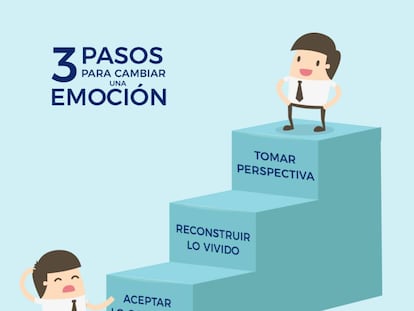Twelve key questions to determine the quality of your work environment
If you manage a team, you can use these points as a way to improve the atmosphere in your office
What marks the difference between a great work environment and a bad one? Marcus Buckingham and Curt Coffman, from the Gallup company, posed this question years ago. They were interested in the work environment – not in the furniture or the physical conditions, but in something more abstract, such as what can encourage or demotivate employees, what influence the boss can have, and how organizational policies and office companions can help or hinder with the task at hand.

To find the answer, Gallup embarked on an investigation that lasted 20 years, and saw more than a million people surveyed. The result was 12 key questions. Depending on the answers, participants could ascertain whether they were in an optimal environment or not. The 12 points are below. For simplicity, answer them with a “yes” or ”no,” taking into account your current work situation. Then count up the number of responses of each type:
- Do I know what is expected of me at work?
- Do I have the materials and equipment I need to do my work right?
- At work, do I have the opportunity to do what I do best every day?
- In the last seven days, have I received recognition or praise for doing good work?
- Does my supervisor, or someone at work, seem to care about me as a person?
- Is there someone at work who encourages my development?
- At work, do my opinions seem to count?
- Does the mission/purpose of my company make me feel my job is important?
- Are my co-workers committed to doing quality work?
- Do I have a best friend at work?
- In the last six months, has someone at work talked to me about my progress?
- In the last year, have I had opportunities at work to learn and grow?
If you have answered all “yes”: Congratulations. You are in a motivating environment, your boss cares about you, and the company gives you the means to do your best. If, on the other hand, you answered all “no,” perhaps it is time to think about a change. If you’re somewhere in the middle, determine the percentage of each and reflect on what that means.
Leaders who motivate and excite, in addition to achieving long-term results, have good working environments
As you may have noticed, many of the questions are related to how bosses lead, and that is logical. The boss has the ability to communicate clearly, to help you make sense of what you do, to recognize your work, and to care about you as a person. So it is not surprising that the Gallup investigation concluded that the 12 key elements that characterize the best working environments are also those that define extraordinary bosses. Those leaders who motivate and excite, in addition to achieving long-term results, have good working environments. That is, they comply with the 12 previous keys, according to the subsequent investigation that Gallup carried out with 400 bosses.
In short, if you’re leading a team, try to worry about those 12 key elements to creating an exciting work environment. And if you’re an employee, assess your situation, look at what could be missing in your company, and make decisions if necessary. September is always a good month for change.
English version by Debora Almeida.
Tu suscripción se está usando en otro dispositivo
¿Quieres añadir otro usuario a tu suscripción?
Si continúas leyendo en este dispositivo, no se podrá leer en el otro.
FlechaTu suscripción se está usando en otro dispositivo y solo puedes acceder a EL PAÍS desde un dispositivo a la vez.
Si quieres compartir tu cuenta, cambia tu suscripción a la modalidad Premium, así podrás añadir otro usuario. Cada uno accederá con su propia cuenta de email, lo que os permitirá personalizar vuestra experiencia en EL PAÍS.
¿Tienes una suscripción de empresa? Accede aquí para contratar más cuentas.
En el caso de no saber quién está usando tu cuenta, te recomendamos cambiar tu contraseña aquí.
Si decides continuar compartiendo tu cuenta, este mensaje se mostrará en tu dispositivo y en el de la otra persona que está usando tu cuenta de forma indefinida, afectando a tu experiencia de lectura. Puedes consultar aquí los términos y condiciones de la suscripción digital.










































